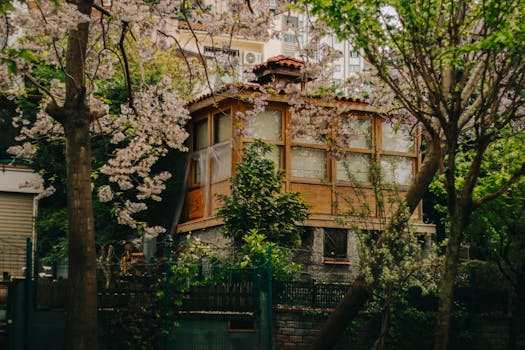
Urban Green Spaces: The Future of Outdoor Living in European Cities by 2025
Urban Green Spaces are becoming increasingly important in European cities, and for good reason. As the world becomes more urbanized, the need for green spaces in cities is growing. Urban Green Spaces are not just aesthetically pleasing, but they also provide numerous benefits for both the environment and the people living in these cities. In this article, we will explore the future of outdoor living in European cities and the role that urban green spaces will play in it by 2025.
The Importance of Urban Green Spaces
Urban green spaces are areas of land in cities that are covered with vegetation, such as parks, gardens, and green roofs. These spaces are essential for maintaining biodiversity, reducing air pollution, and mitigating the effects of climate change. They also provide numerous benefits for human health, including reducing stress, improving mental health, and increasing opportunities for physical activity.
The Benefits of Urban Green Spaces
The benefits of urban green spaces are numerous and well-documented. Some of the most significant benefits include:
- Improved air quality: Urban green spaces can help to reduce air pollution by absorbing pollutants and producing oxygen.
- Climate regulation: Green spaces can help to regulate the climate by providing shade, reducing the urban heat island effect, and absorbing carbon dioxide.
- Increased biodiversity: Urban green spaces can provide habitats for a wide range of plants and animals, helping to maintain biodiversity in cities.
- Improved mental health: Spending time in green spaces can help to reduce stress, improve mood, and reduce symptoms of anxiety and depression.
- Increased opportunities for physical activity: Green spaces can provide opportunities for physical activity, such as walking, cycling, and sports, which can help to improve physical health.
The Future of Outdoor Living in European Cities
As European cities continue to grow and develop, the need for urban green spaces will become increasingly important. By 2025, it is expected that many European cities will have incorporated green spaces into their urban planning, providing numerous benefits for both the environment and the people living in these cities.
Case Studies: Urban Green Spaces in European Cities
There are many examples of urban green spaces in European cities that are already providing numerous benefits for both the environment and the people living in these cities. Some examples include:
- The High Line in London: An elevated park built on an old rail line, providing a green space for recreation and relaxation.
- The Park de la Ciutadella in Barcelona: A large public park that provides a green space for recreation, relaxation, and entertainment.
- The Prater Park in Vienna: A large public park that provides a green space for recreation, relaxation, and entertainment.
Conclusion
In conclusion, urban green spaces are becoming increasingly important in European cities, and for good reason. They provide numerous benefits for both the environment and the people living in these cities, and will play a crucial role in shaping the future of outdoor living in European cities by 2025.






